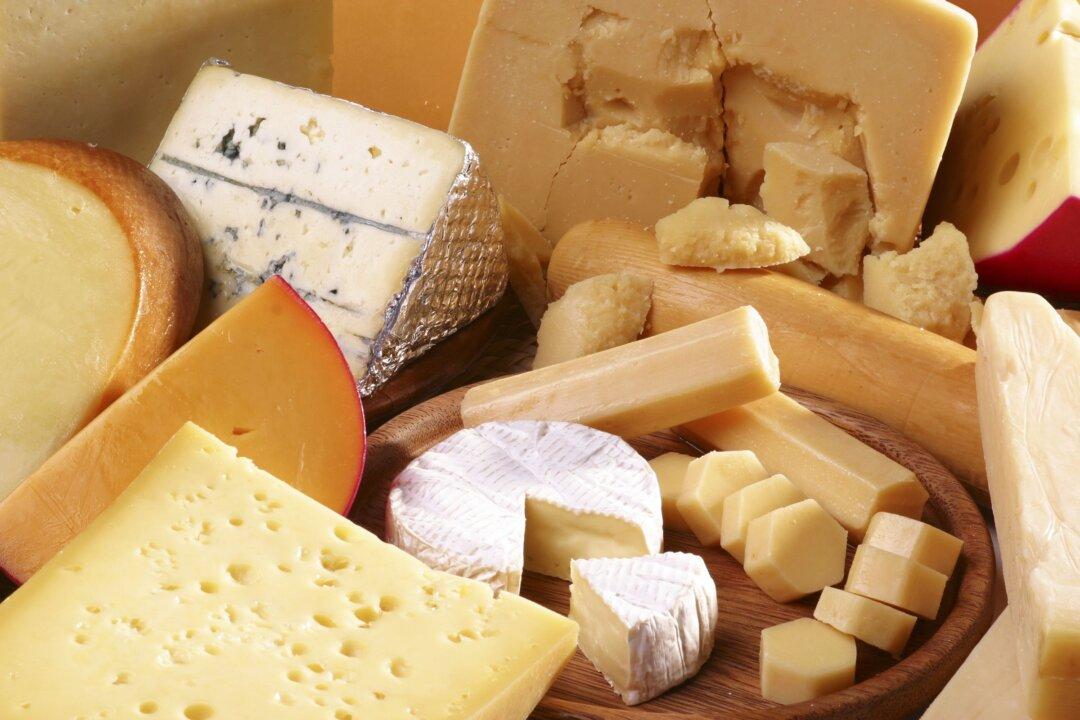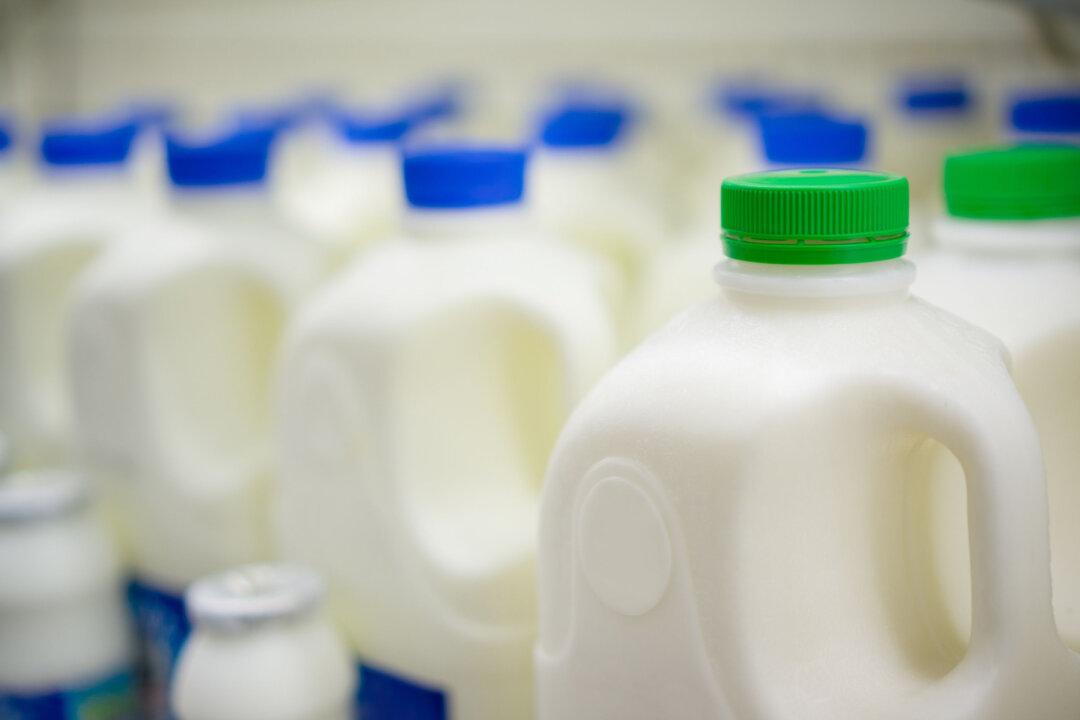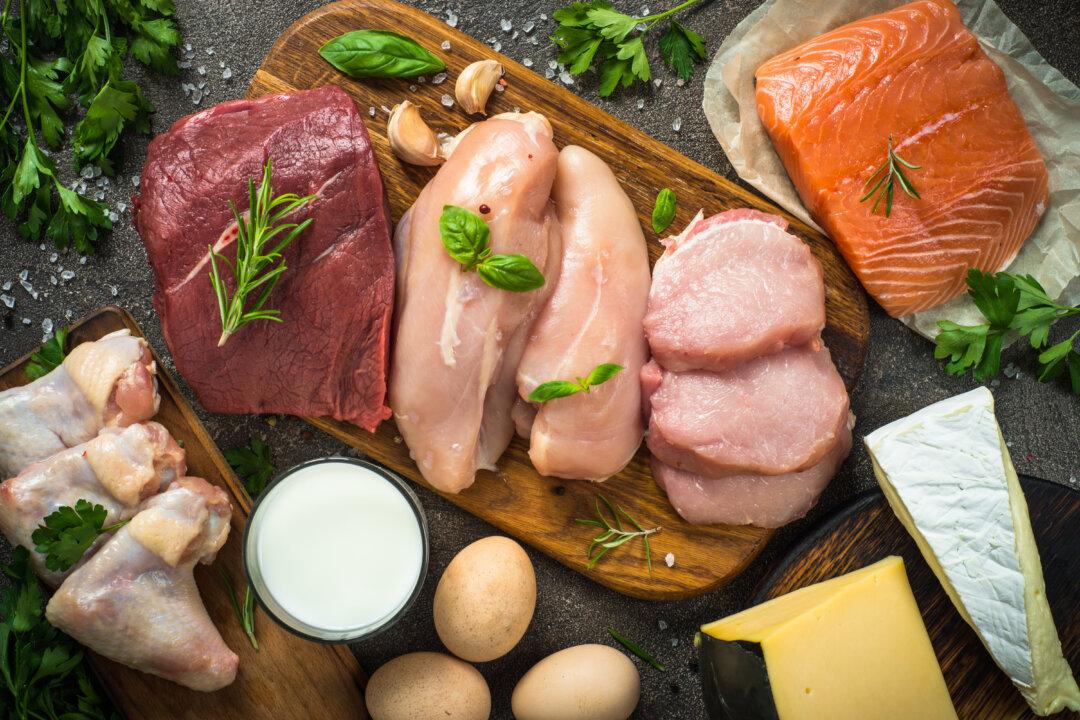If you’ve ever shopped in Europe, you’ve noticed that calves feet are displayed at the local butchers, and chickens come with their heads and feet attached.
Hooves, feet, and heads are the most gelatinous portions of the animal and fetch high prices in traditional economies. Tyson Foods, America’s largest chicken producer, exports the feet from American chickens to China, and Jewish folklore considers the addition of chicken feet the secret to successful broth.
It’s hard to find these items in America. Asian and Latin American markets sometimes carry whole birds, and some butchers in ethnic neighborhoods carry calves feet. If you have freezer space, you can buy frozen chicken feet and calves feet in bulk from meat wholesalers that cater to the restaurant trade.
Have the butcher cut the calves’ feet into one-inch cubes and package them in 1-quart bags. For the most satisfactory results, use two to four chicken feet for chicken stock and about 2 pounds calves-feet pieces for a large pot of beef stock.
Meat sauces are made from stocks that have been flavored and thickened in some way. Once you have learned the technique for making sauces—either clear sauces or thick gravies—you can ignore the recipe books and be guided by your imagination.
Reduction Sauces
These sauces are produced by rapid boiling of gelatinous stock to produce a thick, clear sauce.
The first step is to “deglaze” coagulated meat juices in the roasting pan or skillet by adding 1/2 cup to 1 cup of wine or brandy, bringing to a boil, and stirring with a wooden spoon to loosen pan drippings.
Then add 3 to 4 cups stock, bring to a boil, and skim. (Use chicken stock for chicken dishes, beef stock for beef dishes, and so on.)
The sauce may now be flavored with any number of ingredients, such as vinegar, mustard, herbs, spices, fresh orange or lemon juice, naturally sweetened jam, garlic, tomato paste, grated ginger, grated lemon rind, creamed coconut, whole coconut milk, or cultured cream.
Let the sauce boil vigorously, uncovered, until reduced by at least one half, or until desired thickness is achieved. You may add about 1 to 2 teaspoons gelatin to promote better thickening, although this should be avoided by those with MSG sensitivities (as gelatin contains small amounts of MSG).
Another way to thicken is to mix 2 tablespoons arrowroot powder with 2 tablespoons water. Gradually add this to the boiling sauce until the desired thickness is obtained. If sauce becomes too thick, thin with a little water. The final step in sauce making is to taste and add sea salt if necessary.
Gravies
Gravies are thickened with flour rather than by reduction. They are suitable for meats like roast chicken and turkey, which drip plenty of fat into the pan while cooking.
After removing the roasting fowl and roasting rack, place the pan on a burner. You should have at least 1/2 cup of good fat drippings—if not, add some butter, goose fat, or lard.
Add about 1/2 cup unbleached flour to the fat and cook over medium-high heat for several minutes, stirring constantly, until the flour turns light brown.
Add 4 to 6 cups warm stock, bring to a boil, and blend well with the fat-flour mixture, using a wire whisk. Reduce heat and simmer 10 minutes or so.
Check for seasonings and add sea salt and pepper if necessary. You may also add herbs, cream, butter, whole coconut milk, or creamed coconut.
Sally Fallon Morell, M.A., is the founding president of the Weston A. Price Foundation (www.westonaprice.org). She is the author of “Nourishing Traditions: The Cookbook that Challenges Politically Correct Nutrition and the Diet Dictocrats” and “The Nourishing Traditions Book of Baby & Child Care.” To learn more about her work, visit (www.newtrendspublishing.com)





